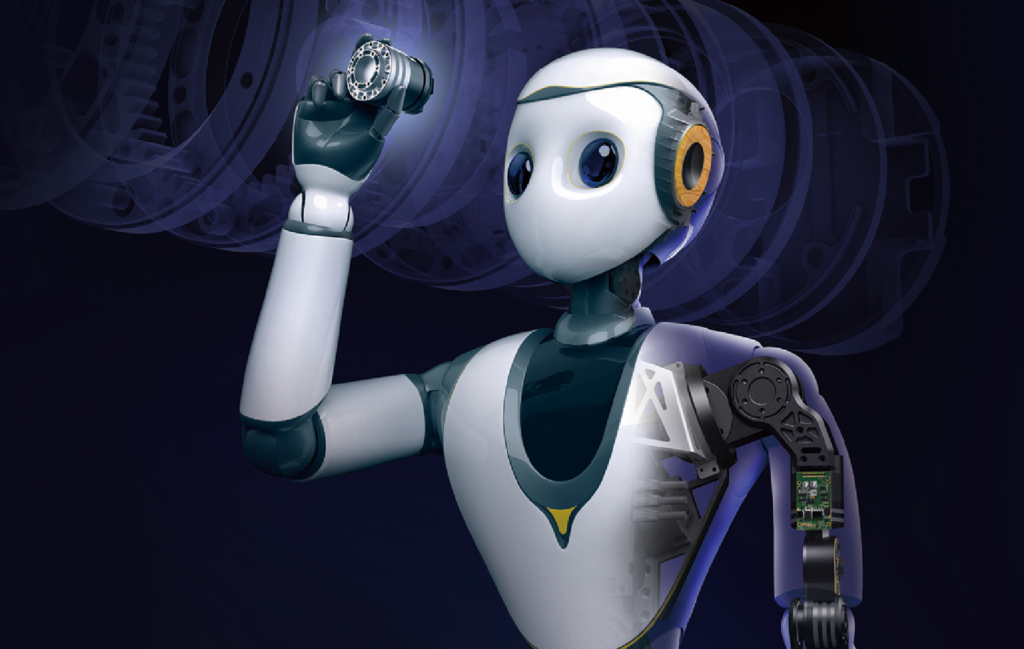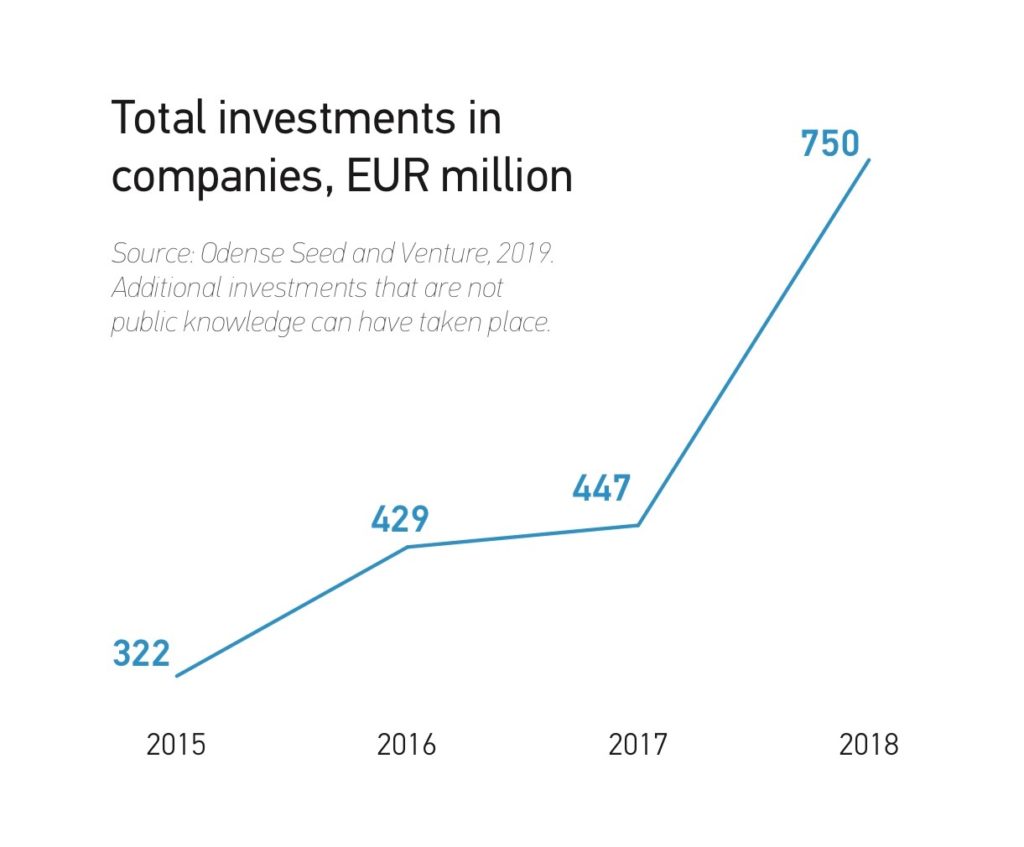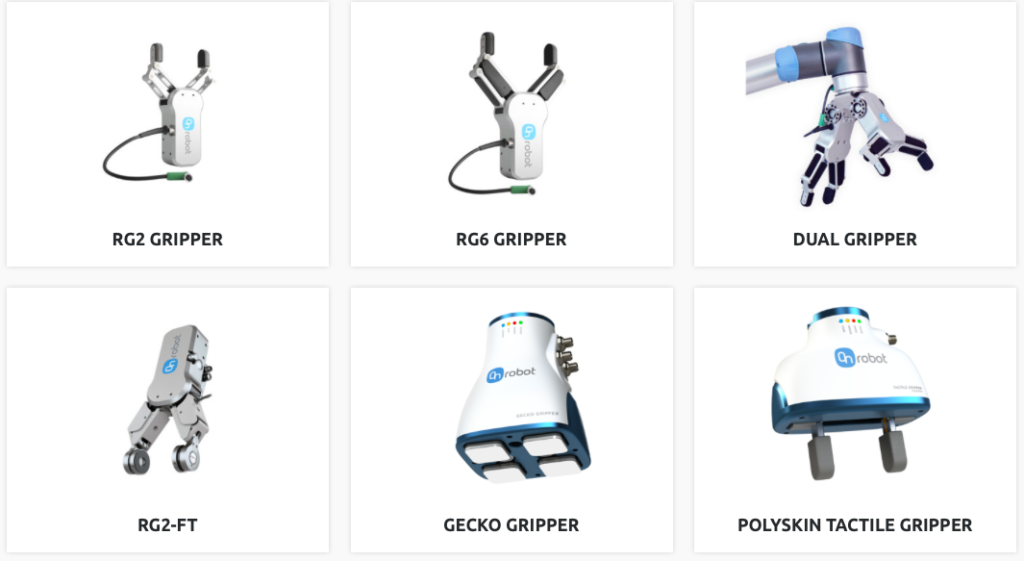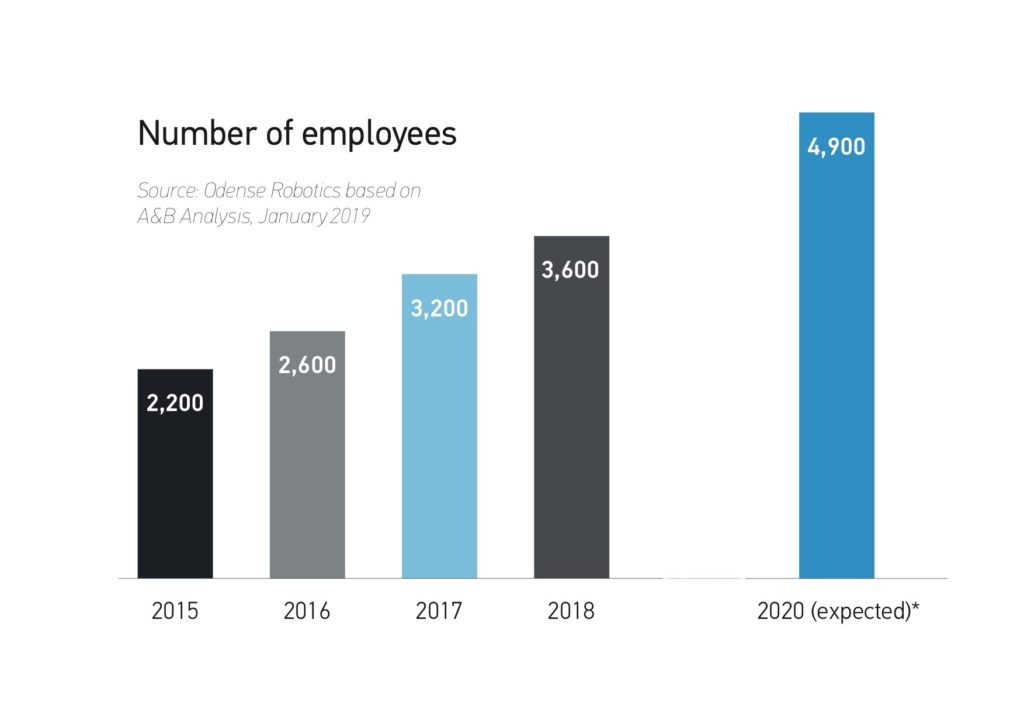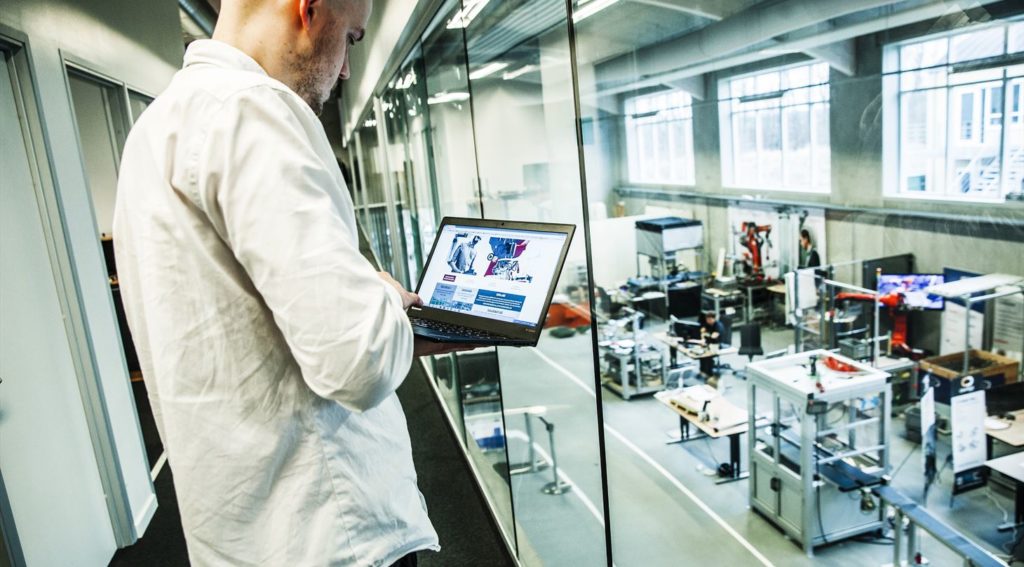RobotUnion, which claims to be the first pan-European acceleration program fully focused on robotics, announced the winners of its second open call for robotics startups. The winners of up to €223,000 ($250,000 U.S.) in equity-free funding each were announced earlier this month.
The jury consisted of investors such as Fundingbox and Chrysalix Venture Capital, as well as technical experts from institutes such as the VTT Technical Research Centre of Finland, the Danish Technological Institute, and TU Delft (from the Netherlands).
In addition to the funding, mentors from Google, Airbnb, Ikea, Yahoo, Microsoft and other companies will be made available. Ten startups will gain access to technical support from European robotics experts and business-acceleration services.
The robotics startups selected by RobotUnion are now participating in a 14-month acceleration process. In the initial two-month feasibility phase, the startups must define a plan specifying the technical and market potential of their robotics systems. They will present these plans at a Welcome Camp in Odense, Denmark, on Oct. 2 and 3, 2019.
Below, in alphabetical order, are 15 of the European robotics startups selected by RobotUnion. Several startups were excluded from this recap, including additive manufacturing companies and manufacturing companies that use robots, as they don’t fit The Robot Report‘s definition of a robotics company. Check out the full list here.
Aether Biomedical
Aether Biomedical, a Poland-based startup founded in 2016, is developing Zeus is a low-cost, high-efficacy prosthesis. This bionic limb has 14 grip modes, five individually motorized articulating digits, closed loop motor control to sense finger position and applied force for proportional control and much more. Zeus uses EMG electrodes for advanced signal processing and to provide wireless gain adjustment. The sensitivity and smoothness of the signal can also be manipulated.
Automato Robotics
Founded in 2018, Tel Aviv, Israel-based Automato Robotics is developing a robot for harvesting fresh tomatoes, primarily in passive greenhouses. The company says its “focus is on single (not vine) tomatoes, grown in soil greenhouses/high-tunnels. The robot, which you can watch in the video above, can currently carry 90kg directly on the robot or tow much heavier loads.
Axiles Bionics
Belgium-based Axiles Bionics is developing the AMP-Foot, a prosthetic ankle-foot prosthesis. The company says the prosthesis is capable of bringing back a natural gait and posture during daily life activities, being flexible and highly responsive to the person’s intention and to the environment.
Cyber Surgery
Cyber Surgery develops a robotic system for spinal procedures. Founded in 2017, Cyber Surgery is a spin-off from the industrial group Egile and has its headquarters in San Sebastian (Spain).
Formhand
Formhand is a German company founded in 2018 that makes granulate-based vacuum grippers that can adapt to and handle objects with different shapes. The Formhand grippers feature a modular design that the company says makes it easy to scale the technology.
IM Systems
IM Systems (IMS), which spoke at the Robotics Summit & Expo 2019 (produced by The Robot Report), is developing the Archimedes drive, a planetary transmission that uses friction instead of gear teeth to transmit torque. Founded in 2016 in Delft, The Netherlands, IMS won Automate’s Launch Pad Startup Competition.
Invented by IMS founder and CEO Jack Schorsch, the company claims the Archimedes Drive offers low-input friction, minimal backlash and ratios of 10,000:1. IMS is targeting the drive at robotics companies, but it could have other applications.
IntSite
Israeli startup IntSite, founded in 2017 by brothers Tzach and Mor Ram-On, is developing autonomous cranes. The company’s computer vision technology analyzes camera feeds in real time for obstacles avoidance. And its automated controls improve the cranes’ precision by as much as 30 percent.
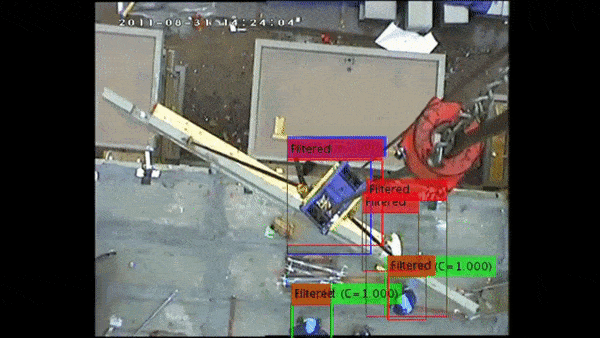
IntSite raised a $1.35 million pre-seed round in September 2018 that was led by Terra Venture Partners and the Israel Innovation Authority.
Kinfinity
German startup Kinfinity is developing the Kinfinity Glove, a new generation of multi-modal input device for use in various applications, including robotics. In the video above from the 2018 World Robot Conference, you see the Kinfinity Glove being used to control a robotic arm.
Life Science Robotics
Danish robotics startup Life Science Robotics is building ROBERT, a rehabilitation robot focusing on active resistive and assistive mobilization of the lower extremities. The idea is to use a KUKA LBR iiwa collaborative robot arm to release healthcare workers of heavy and continuous lifting, which can cause physical strain and pain in the back, loin, wrists and shoulders.
ROBERT is also beneficial to the patients, the company says, because it can prevent soft tissue contracture and pressure sores, minimize risk of blood clots and pneumonia and reduce muscular atrophy and neuropathic effects.
LuxAI
Luxembourg-based LuxAI is developing the QTrobot, which is a proactive social robot designed to assist autism professionals in helping children with autism spectrum disorder to learn new social, emotional and communicational skills. There is a version of the QTrobot for researchers, too. The company says a home edition of QTrobot will be available for the parents soon.
Proxima Centauri
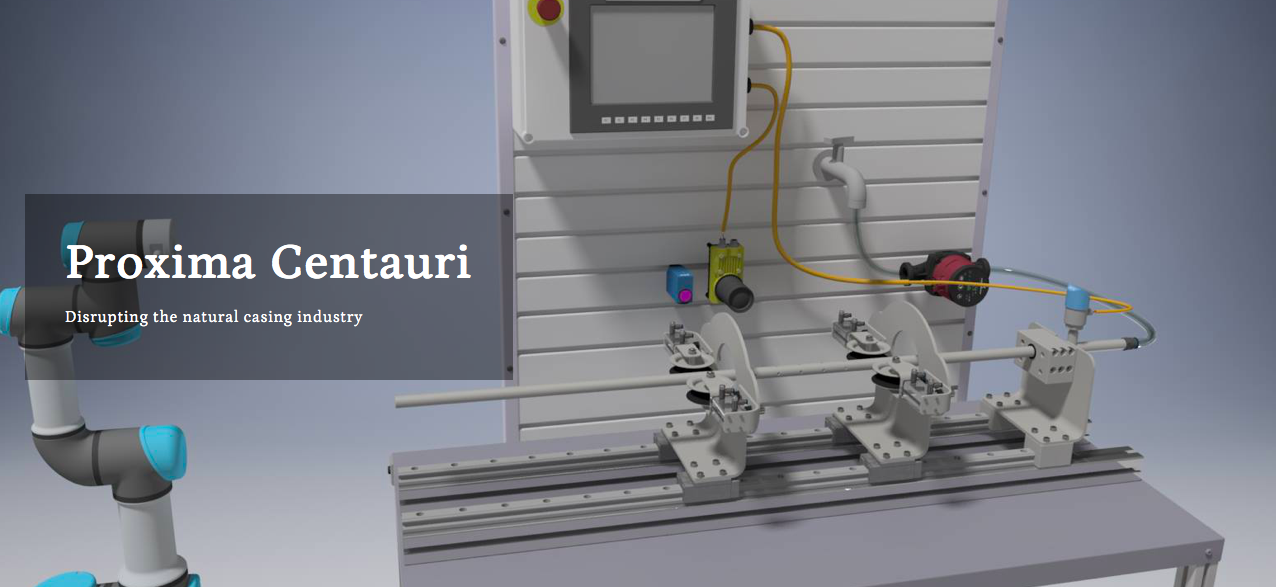
Denmark-based Proxima Centauri is automating the picking and sorting of sausage casings. The company says sausage casings need to be sorted according to their diameter to produce consistent sausages. Manual sorting is an expensive process, which resulted in the casings being shipped to low-wage countries to reduce labor costs. Automating this process, the company says, will reduce processing time and improve the traceability and quality of the product.
Rigitech
Rigitech is a Swiss startup offering improved logistics through cargo drone delivery. Its drones combine vertical takeoff and landing technology with fixed wing range capabilities. The drones can carry up to 3kg, which it says represents more than 80% of parcels shipped today, with a 4km flight range on one battery. Rigitech says its applications include e-commerce, healthcare, humanitarian efforts and more.
Robotical
UK-based Robotical is the maker of Marty the Robot, which is designed to teach kids how to code. Marty comes as a kit or pre-built. Marty is Wi-Fi enabled and has 9 individually controllable servo motors. You can use an app to remote control Marty and add a bunch of sensors to react to the environment. Marty can be programmed using Scratch, Python, Javascript and ROS.
Rovenso
Founded in 2016, Swiss company Rovenso makes an autonomous mobile robot called ROVéo for security applications. Combining 3D laser scanning, night vision, thermal vision and acoustic analysis, ROVéo uses multi-modal sensor fusion to detects the slightest anomalies. And based on patented technology, ROVéo can tackle rough terrain and climb stairs by adapting to their shape.
Scaled Robotics
Spain-based Scaled Robotics builds mobile robots that navigate construction sites to collect 3D maps. These maps are uploaded to the cloud to track the progress of a job and the quality of the construction to find potential mistakes.
The post 15 European robotics startups to watch appeared first on The Robot Report.
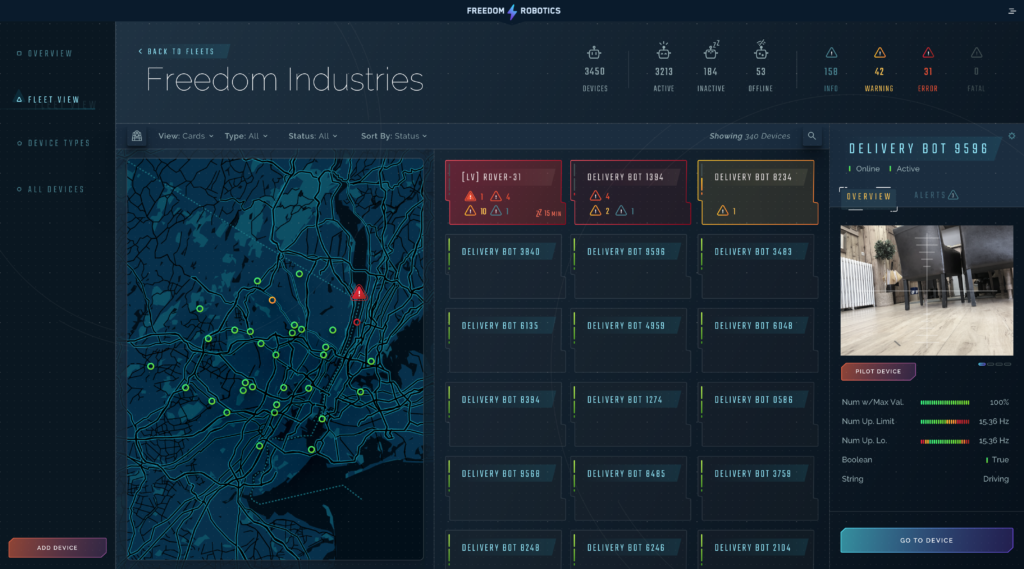
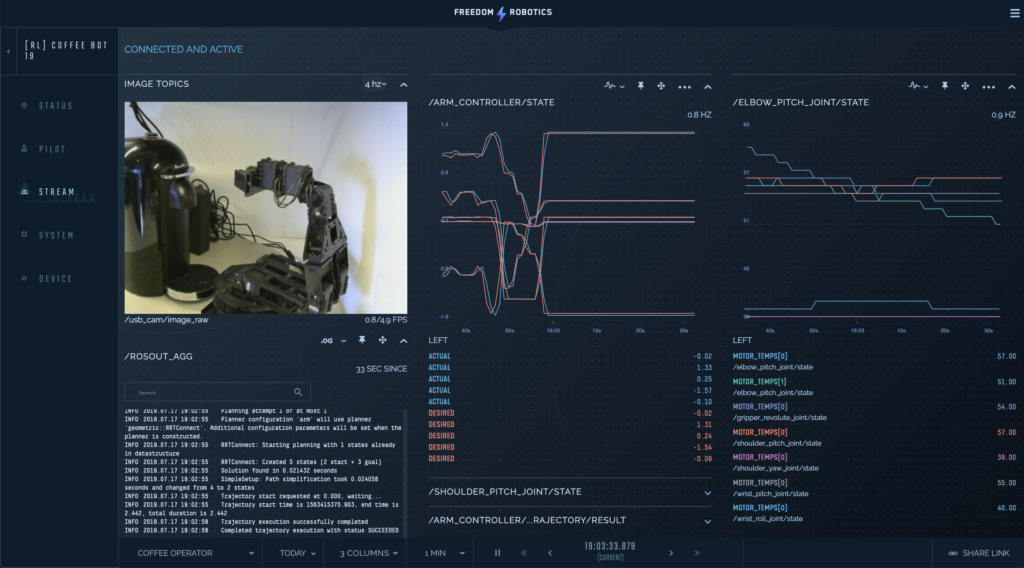



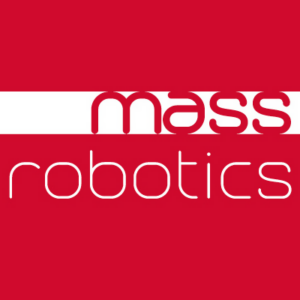 Related:
Related: 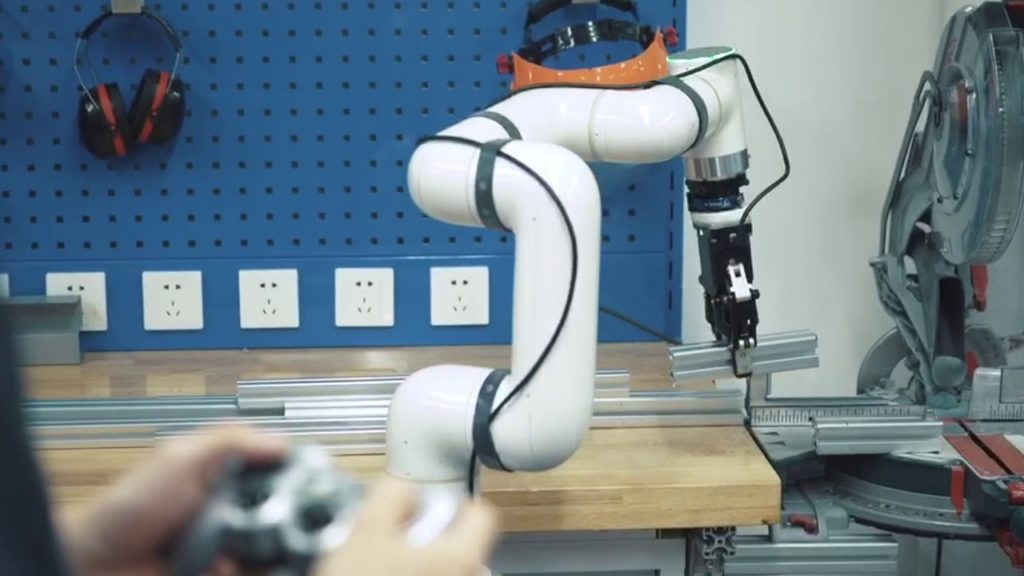
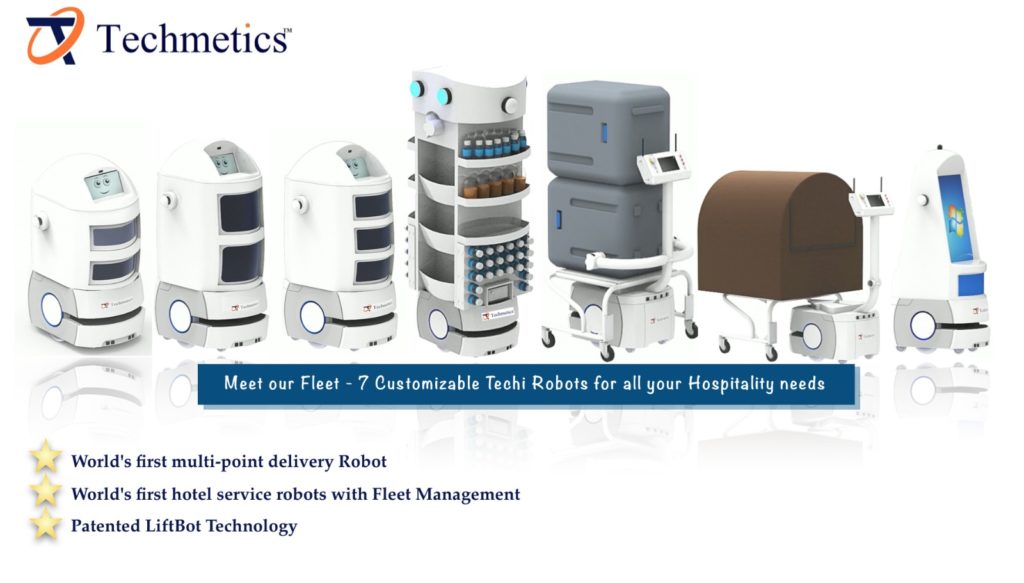
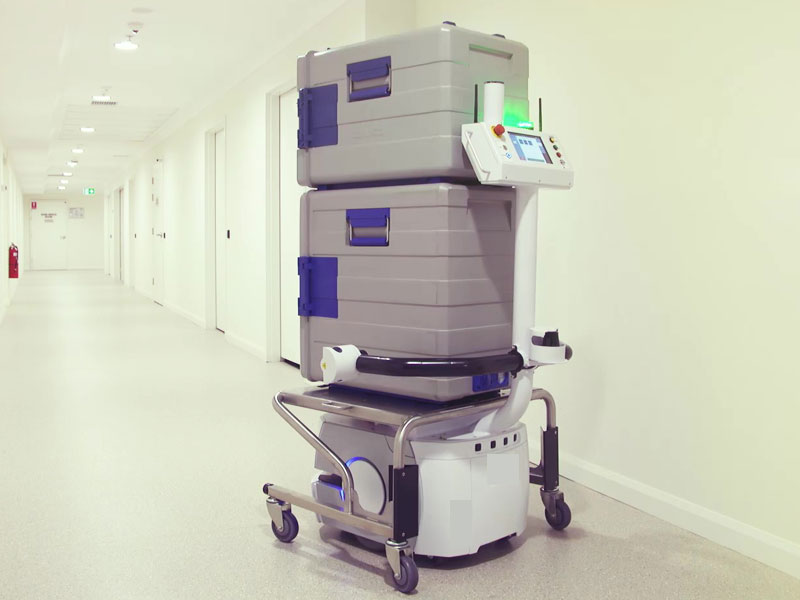
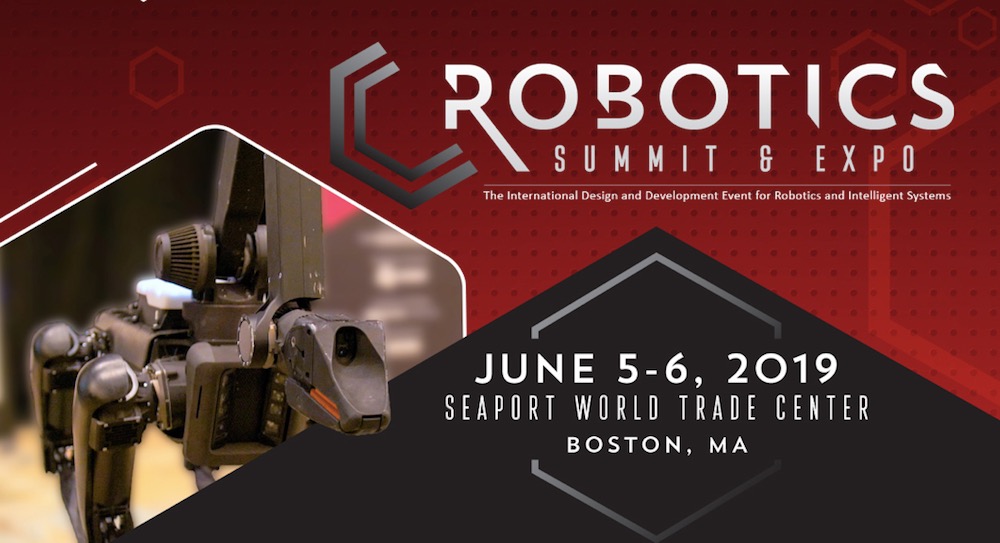 Keynotes
Keynotes